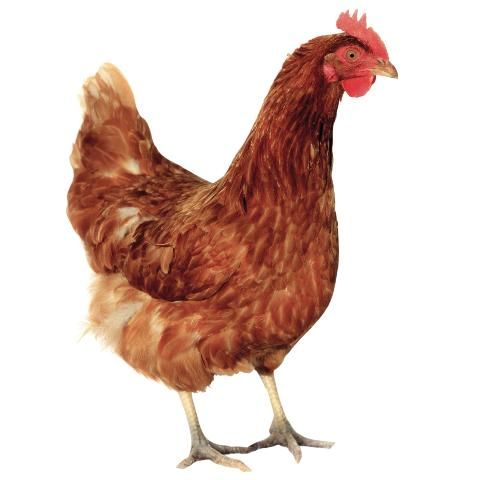
Credit: Ornitolog82/istock/Thinkstoc.com
During the past several years there has been a great upsurge of interest in maintaining small backyard poultry flocks. These birds are raised for hobby, show and food. Though owners have much interest in their birds, the health status is often overlooked. Several diseases which are easily vaccinated against need to be considered in their health management programs. One such disease is fowl pox.
Pox is a relatively slow spreading viral infection of chickens characterized by scab-like lesions on the skin of the unfeathered body parts and/or diphtheritic (wet) membranes lining the mouth or air passages. It has been present in chickens since earliest times and is found throughout the world. Infection with the fowl pox virus will cause the chickens to have poor growth, poor feed conversion and a precipitous fall in egg production. Mortality will seldom be marked if the lesions are limited to the skin. However, death may occur if the oral cavity or air passages become involved.
The disease may occur in any age bird, primarily during the warm months of the year. The virus is stable and can be transmitted by direct contract with an infected chicken or by mosquitoes.
Pox is readily diagnosed by a veterinarian based on flock history, presence of typical lesions, and in some instances by microscopic examination of affected tissues and virus isolation studies.
There is no treatment for fowl pox. Control and prevention in chickens is accomplished by vaccination by the wing web method with a commercially available fowl pox or pigeon pox vaccine. This should be administered to all chickens at 12-16 weeks of age. Vaccinated birds should be examined for takes about seven to ten days following inoculation. A take consists of swelling of the skin or a scab at the site where the vaccine was applied.
A high percentage of chickens showing reaction (takes) indicates a satisfactory vaccination. The absence of a take could be the result of vaccine being administered improperly, use of a vaccine with inadequate potency (improperly stored or used after expiration date), or vaccine being applied to an immune bird.
Precautions should be taken when administering the pox vaccine as it is a live type of virus vaccine. Because the pox vaccine produces a mild form of the disease, only healthy birds should be vaccinated. It is strongly recommended that all chickens in a house be vaccinated on the same day. The vaccine must be applied only to the vaccination site, and precautions taken to prevent contamination of other parts of the chicken, the premises and the equipment. Mosquito control should also be part of the preventive program.
These simple precautions will provide protection to your chickens, and allow you to enjoy and raise your flock free of this disease.